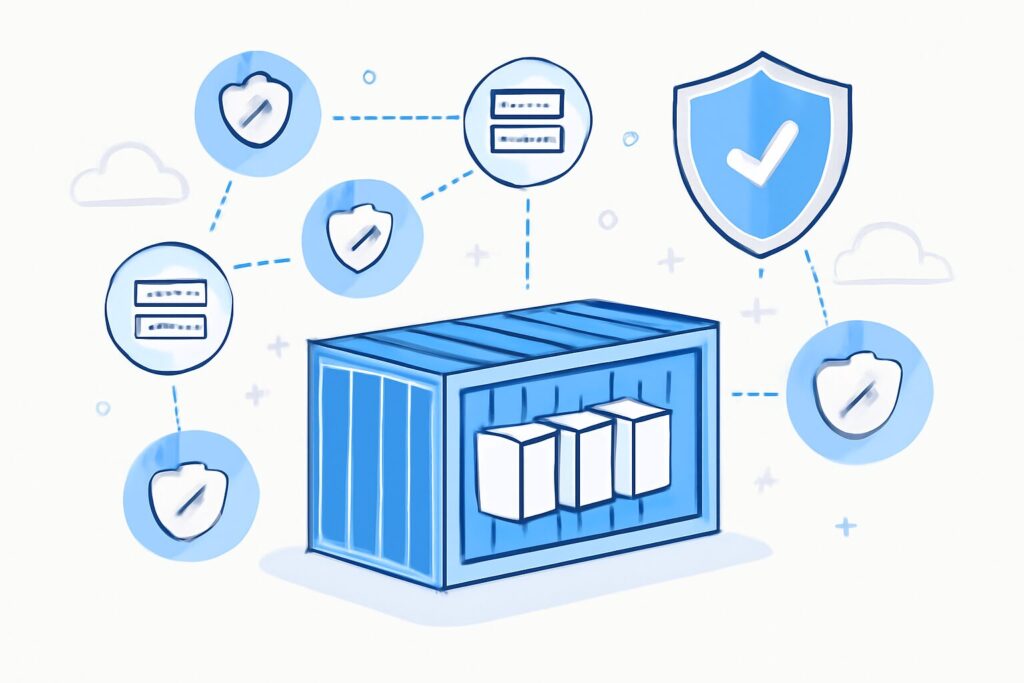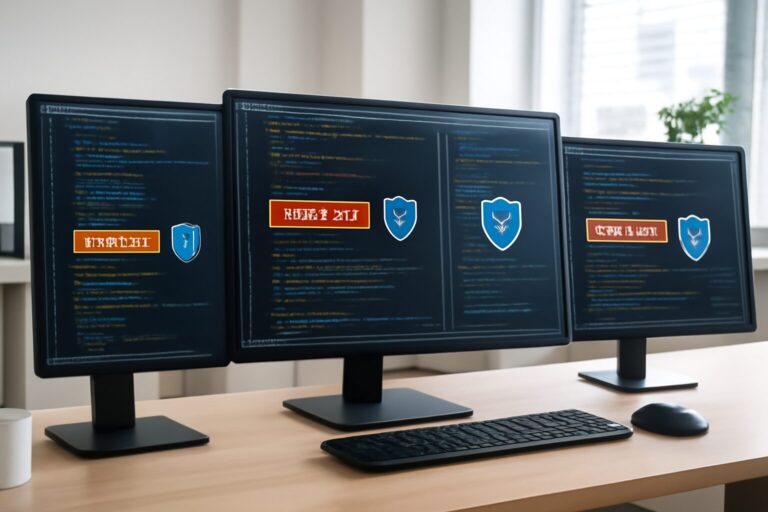# From Vulnerability Triage to Real Risk Reduction: A Practical Guide to Enhancing Container Security
## Introduction
With the rapid development of containerization technology, enterprise IT security management faces new challenges. Traditional approaches relying on vulnerability scanning and prioritization struggle with the surge in CVE reports, causing security teams to be overwhelmed by redundant vulnerabilities while development teams are burdened by “non-critical” patch demands. Achieving real risk reduction is key to securing containerized environments. This article explores the transition from vulnerability triage to real risk reduction, helping you build an efficient, automated, and collaborative container security strategy.
## Focusing on Risk Scoring to Improve Vulnerability Management Efficiency
Faced with overwhelming vulnerability data, blind patching wastes resources and may overlook truly dangerous vulnerabilities. Risk scoring frameworks such as CVSS and EPSS provide scientific bases to help focus on vulnerabilities most likely to be exploited.
For example, a large internet company’s security team receives hundreds of CVE alerts weekly. By using EPSS to dynamically assess exploitation likelihood, they archive low-priority vulnerabilities with near-zero exploitation probability and focus on a few high-risk ones, shortening response time by 30%. This reduces security noise and improves patch efficiency.
Additionally, combining CVSS v3.1 with environmental scoring allows more precise reflection of real business risks. Security teams are advised to regularly review scores and update patch plans dynamically based on latest threat intelligence, ensuring resources are focused on critical issues.
Adopting risk scoring is the first step from “passive scanning” to “active risk management.”
## Streamlining Container Images to Reduce Attack Surface and Maintenance Costs
The smaller the container image, the smaller the vulnerability surface and the simpler the patch maintenance. Employing minimal container images is a powerful means to reduce attack surface and simplify security operations.
For instance, Alpine Linux offers a very small image size with few built-in tools, effectively reducing potential vulnerabilities. Enterprises should progressively build a base image library fitting business needs, regularly reviewing and removing redundant packages and services to ensure security and stability.
Studies show that reducing image size can lower exposure to medium and low-risk vulnerabilities by up to 60%, greatly easing patch workload. Building lightweight images also accelerates CI/CD workflows, speeding up image build, test, and deployment cycles for faster vulnerability remediation.
Security teams should collaborate closely with development to balance minimalism with functional completeness, avoiding production incidents caused by blind deletions.
## Automating Patch Rebuilds Integrated with CI/CD to Boost Efficiency
In containerized environments, security patches are not mere file upgrades but involve image rebuild and deployment, requiring seamless integration of security processes with CI/CD pipelines. Automating patch rebuilds shortens vulnerability response times.
The ideal process involves automatically triggering a rebuild upon patch retrieval, completing security scans and testing, and deploying to production seamlessly. This automation aligns patch releases with development iterations, avoiding human error or delay.
For example, a financial institution built a complete CI/CD patch pipeline integrating security scanners like Trivy and Anchore. They can close the loop from vulnerability detection to patch deployment within hours, reducing the patch cycle from weeks to days, substantially mitigating risk.
Automation should also include rollback and alert mechanisms to manage issues promptly and minimize production impact caused by patches.
## Cross-team Collaboration to Build Actionable Patch Strategies
Security is no longer the sole responsibility of security teams. Development, operations, and security must collaborate to develop patch strategies based on actionable intelligence, reducing friction and enhancing efficiency.
Regular vulnerability briefings and review meetings allow security to share threat status and patch priorities, developers to provide technical feedback and feasibility assessments, ensuring balanced and efficient patch plans. Security workshops and patch reviews enhance transparency and reduce misunderstandings.
The DevSecOps “Shift Left” approach advocates early security involvement throughout development, making patch management proactive. This cultural shift improves developer satisfaction and reduces downtime risks caused by patches.
As Bill Brenner noted in SC Media: “Security teaming with development is not only a cultural reflection but key to actual risk reduction.”
## Practical Recommendations: Building an Efficient Vulnerability Management Loop
1. Regularly evaluate vulnerability scores and exploitation probabilities, dynamically reprioritize to focus on critical vulnerabilities.
2. Build and maintain lightweight base image libraries, removing unnecessary components to reduce exposure and simplify maintenance.
3. Integrate patch workflows into CI/CD automation pipelines to ensure fast, secure patch releases that do not disrupt delivery.
4. Establish cross-team vulnerability communication and review mechanisms to update threat intelligence synchronously and promote close security-development collaboration.
These measures reduce security noise, increase ROI on security investments, shorten patch cycles, boost development efficiency and satisfaction, and significantly lower operational risks.
## FAQ
**Q1: What is vulnerability triage?**
Vulnerability triage is the process of filtering and prioritizing numerous vulnerabilities to focus on fixing the most critical ones.
**Q2: How do CVSS and EPSS differ?**
CVSS evaluates vulnerability severity, while EPSS predicts the probability of exploitation. Using both offers more accurate risk assessment.
**Q3: Why use minimal container images?**
Minimal images reduce unnecessary packages, decreasing attack surface and vulnerability count, simplifying patching and maintenance.
**Q4: What are keys to automated patching?**
Automation includes triggering patches, image rebuilding, vulnerability scanning, automated testing, and deployment for fast, reliable patching.
**Q5: How to achieve effective security-development collaboration?**
By establishing regular vulnerability briefings, risk assessments, and patch strategy dialogues, fostering transparency and cultural integration.
**Q6: What practical tools support risk scoring in vulnerability management?**
Besides CVSS and EPSS, tools like the NVD database and CISA KEV list aid security teams’ decision making.
—
Security management is an evolving process, especially critical in containerized and cloud-native environments. Through scientific vulnerability triage, image minimization, automated patch pipelines, and cross-team collaboration, you can significantly reduce real risks and protect your business.
For more tailored security strategies, visit De-Line Information Technology’s website at [https://www.de-line.net](https://www.de-line.net). We strive to provide professional security solutions to support robust digital security advancement. 🚀🔒
************
The above content is provided by our AI automation poster




